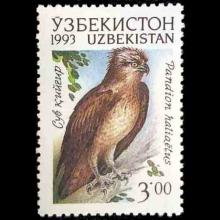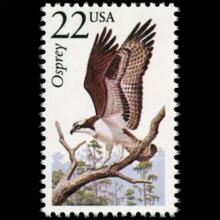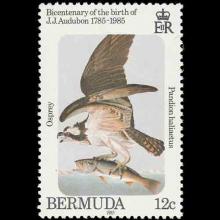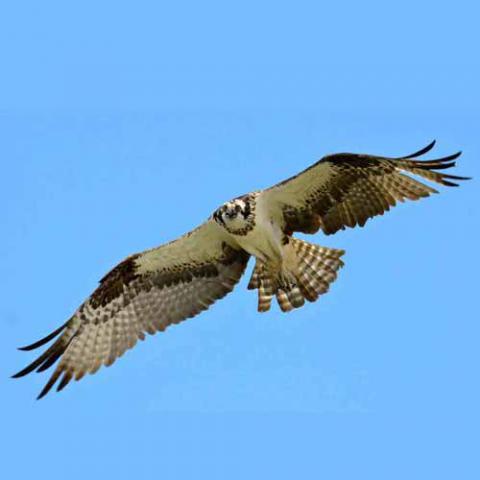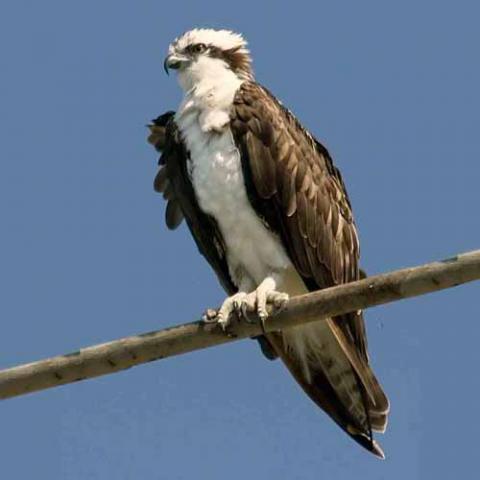NAMES
TAXONOMY
Uzbekistan
Issued:
Stamp:
Pandion haliaetus
United States
Issued:
Stamp:
Pandion haliaetus
Bermuda
Issued:
Stamp:
Pandion haliaetus
Uzbekistan
Issued:
Stamp:
Pandion haliaetus
United States
Issued:
Stamp:
Pandion haliaetus
Bermuda
Issued:
Stamp:
Pandion haliaetus
Uzbekistan
Issued:
Stamp:
Pandion haliaetus
United States
Issued:
Stamp:
Pandion haliaetus
Bermuda
Issued:
Stamp:
Pandion haliaetus
Check out this live osprey cam from an osprey nest on Captiva Island, Florida, USA.
Genus species (Animalia): Pandion haliaetus
Pandion haliaetus (Osprey) were seriously endangered by effects of pesticides in mid-20th century; since DDT and related pesticides were banned in 1972, Ospreys have made a good comeback in many parts of North America.
Habitat
Rivers, lakes, coast. Found near water, either fresh or salt, where large numbers of fish are present. May be most common around major coastal estuaries and salt marshes, but also regular around large lakes, reservoirs, rivers. Migrating Ospreys are sometimes seen far from water, even over the desert.
A very distinctive fish-hawk, formerly classified with other hawks but now placed in a separate family of its own. Along coastlines, lakes, and rivers almost worldwide, the Osprey is often seen flying over the water, hovering, and then plunging feet-first to catch fish in its talons. After a successful strike, the bird rises heavily from the water and flies away, carrying the fish head-forward with its feet. Bald Eagles sometimes chase Ospreys and force them to drop their catch. In many regions, landowners put up poles near the water to attract nesting Ospreys.
Feeding Behavior
Flies slowly over water, pausing to hover when fish spotted below; if fish is close enough to surface, the Osprey plunges feet-first, grasping prey in its talons.
Diet
Almost entirely fish. Typically feeds on fish 4-12" long. Type of fish involved varies with region; concentrates on species common in each locale, such as flounder, smelt, mullet, bullhead, sucker, gizzard shad. Aside from fish, rarely eats small mammals, birds, or reptiles, perhaps mainly when fish are scarce.
Nesting
Courtship displays include pair circling high together; male may fly high and then dive repeatedly in vicinity of nest site, often carrying a fish or stick. Nest site is usually on top of large tree (often with dead or broken top) not far from water. Also nests on utility poles, duck blinds, other structures, including poles put up for them. May nest on ground on small islands, or on cliffs or giant cactus in western Mexico. Site typically very open to sky. Nest (built by both sexes) is bulky pile of sticks, lined with smaller materials. Birds may use same nest for years, adding material each year, so that nest becomes huge.
Reference: Audubon.org
Photos: Gareth Rasberry, Michael L. Baird

